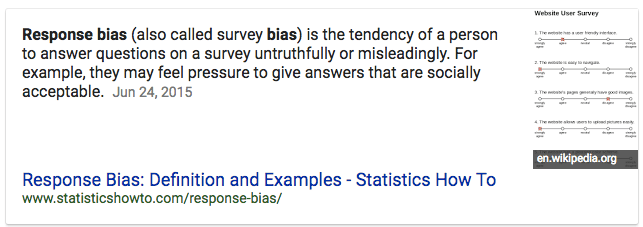Question 11
Completely Randomized Design

Randomized Block Design

Question 12


How to minimize response bias
Use Clear Language
Choose Words and Phrases With Care
Know How To Frame Your Questions
Provide Just the Right Amount of Options
Plan a Neutral Survey Structure
Keep Styling At a Minimum
Be Honest
Question 13

Question 18
- Population size should be at least 10 times the sample size so that the degree of dependence among observations is negligible.
Question 22
Confidence Interval Interpretation



Question 28


Question 32
- SE Coef = Standard Deviation of Statistic (not population)

